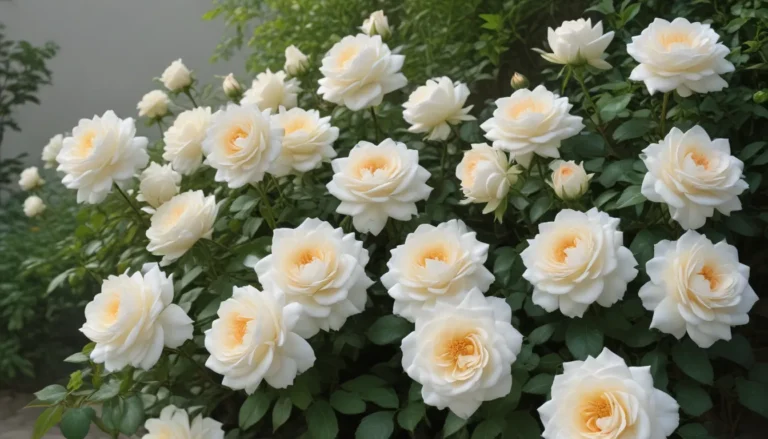Mastering the Art of Azalea Propagation

Azaleas are a delightful addition to any garden, bringing vibrant color and beauty to your outdoor space. With over 10,000 registered cultivars to choose from, there is no shortage of options when it comes to selecting the perfect azalea for your landscape.
However, if you want to ensure that your new plants retain the characteristics of the parent plants, vegetative propagation is the way to go. In this article, we will explore three effective methods for propagating azaleas: stem cuttings, stem layering, and air layering.
Understanding Azalea Propagation
Before we delve into the specific propagation methods, let’s take a moment to understand why vegetative propagation is essential for azaleas. When you grow plants from seeds of hybrids, they do not retain the same qualities as the parent plants, such as disease resistance, flowering habits, and hardiness. Vegetative propagation ensures that the offspring are genetic clones of the parents, preserving their desirable traits.
3 Ways to Propagate Azaleas
1. Stem Cuttings
Stem cuttings are an excellent method for propagating evergreen azaleas. Here’s how you can propagate azaleas using stem cuttings:
- Select healthy and vigorous parent plants.
- Take four to eight-inch cuttings from semi-hardened wood in spring or late summer to early fall.
- Prepare containers with well-draining soil mix and rooting compound.
- Remove leaves from the lower part of the stem and trim the cut ends.
- Dip the cut end into rooting compound and plant it in a container.
- Cover the cuttings with a plastic bag to retain moisture.
- Place the containers in a sheltered spot with bright, indirect light.
- Check the soil moisture regularly and wait for roots to form.
- Once roots have developed, transplant the cuttings to larger containers.
2. Stem Layering
Stem layering is a preferred method for propagating native North American species and deciduous azalea cultivars. Here’s how you can propagate azaleas using stem layering:
- Choose a low branch that can bend to the ground.
- Scrape the bark around the contact site and apply rooting compound.
- Create a shallow trench, lay the stem in it, and cover it with soil.
- Water the contact stem and check the soil moisture regularly.
- Roots will form in six to 12 weeks, and once established, the layered stems can be transplanted.
3. Air Layering
Air layering is ideal for larger plants where stems cannot easily bend to reach the ground. Here’s how you can propagate azaleas using air layering:
- Select a mature stem of hardened wood and create a layering site.
- Make parallel cuts and remove the bark from the layering site.
- Apply rooting compound and wrap the stem in moistened peat moss.
- Check for root growth after six to 12 months and transplant the rooted stem.
Propagate Your Azaleas with Ease
By using these three propagation methods, you can create new azalea plants that are true to the parent and retain their desirable qualities. Whether you prefer stem cuttings for evergreen varieties, stem layering for deciduous cultivars, or air layering for larger plants, these techniques are easy, reliable, and budget-friendly ways to expand your azalea collection.
Do you have any questions about azalea propagation? Feel free to drop us a note in the comments below. And for more information on growing and caring for azaleas, be sure to check out our related guides on adding azaleas to your garden, growing them in containers, exploring different azalea varieties, and understanding bloom times.
With these tips and techniques at your disposal, you can master the art of azalea propagation and enjoy a stunning display of these beautiful shrubs in your garden. Happy gardening!





